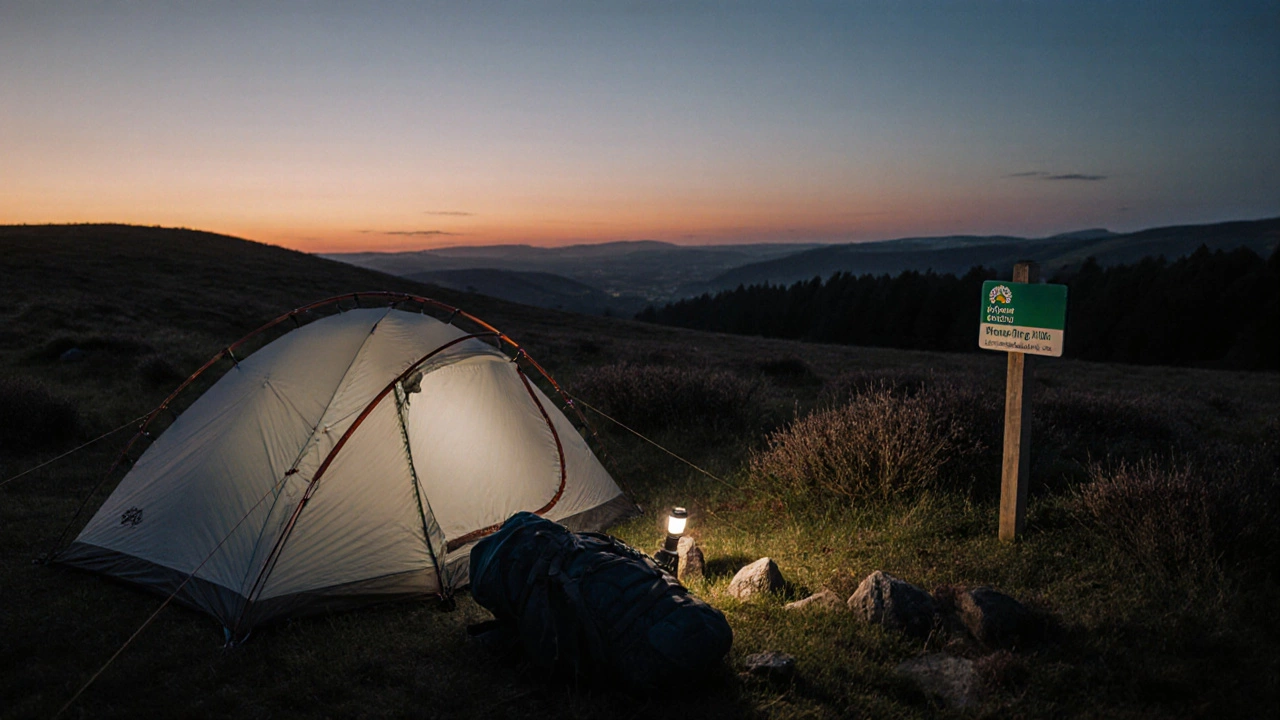Wild Camping Safety: Your Guide to Secure Outdoor Adventures
When planning wild camping safety, the practice of staying safe while sleeping outside the bounds of formal campsites. Also known as off‑grid camping safety, it blends good judgment, proper equipment, and awareness of local rules. wild camping camping in undeveloped areas without facilities is growing across the UK, but it brings unique risks that differ from standard site camping. Understanding UK camping laws the legal framework governing where and how you can camp in public and private land is a core part of staying safe, because a simple fine can ruin a trip. At the same time, the right camping gear lightweight, weather‑resistant equipment such as tents, sleeping bags, and portable stoves can mean the difference between a restful night and a hazardous one. In short, wild camping safety encompasses legal knowledge, gear preparation, and basic survival skills, all of which work together to protect you and the environment.
Key Factors for Staying Safe in the Wild
First, master the legal side: many Scottish lands fall under the Scottish Outdoor Access Code, which allows responsible camping, while England and Wales rely on a mix of permissive sites and local bylaws. Knowing which areas are open, which require landowner permission, and the penalties for trespassing helps you avoid unwanted encounters with authorities. Second, choose gear that matches the terrain and weather. A three‑season tent, a down‑filled sleeping bag rated for 0°C, and a reliable fire‑starter reduce exposure to cold and wet conditions. Third, practice primitive camping techniques—like digging a cat hole for waste or using a lightweight tarp for rain protection—to stay low‑impact and keep the area tidy. These steps create a safety loop: legal compliance keeps you out of trouble, proper gear keeps you comfortable, and primitive skills ensure you leave no trace, which in turn helps maintain access for future campers.
Finally, remember that safety is a habit, not a one‑off checklist. Before you head out, map the route, share your itinerary with a friend, and carry a charged phone plus a basic first‑aid kit. Check the forecast, assess the ground for drainage, and set up your campsite on high, dry ground away from flood‑prone areas. When night falls, secure your food in a bear‑proof container or hung away from your sleeping area to avoid attracting wildlife. These small actions compound into a strong safety net, letting you enjoy the freedom of wild camping without fear. Below you’ll find a range of articles that dive deeper into gear choices, legal nuances, primitive campsite setup, and seasonal tips—each designed to boost your confidence and keep your next adventure safe and memorable.
Is Wild Camping Safe in the UK? Practical Safety Guide
Learn how safe wild camping in the UK can be with legal tips, safety gear, weather prep, wildlife handling, and a quick checklist for a worry‑free adventure.
